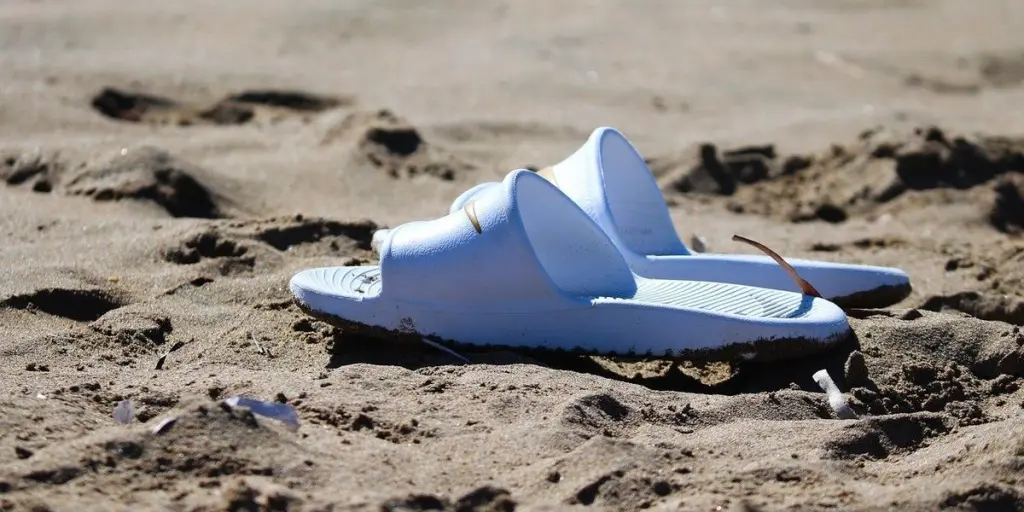Recovery sandals have emerged as a significant trend in the sports and accessory industry, offering unparalleled comfort and support for post-workout recovery. These specialized sandals are designed to aid in muscle recovery, reduce fatigue, and promote overall foot health, making them a popular choice among athletes and fitness enthusiasts.
Table of Contents:
Market Overview of Recovery Sandals
Innovative Materials and Design Trends in Recovery Sandals
Technological Features Elevating Recovery Sandals
The Role of Recovery Sandals in Fitness and Wellness
Seasonal Trends and Consumer Preferences
Market Overview of Recovery Sandals
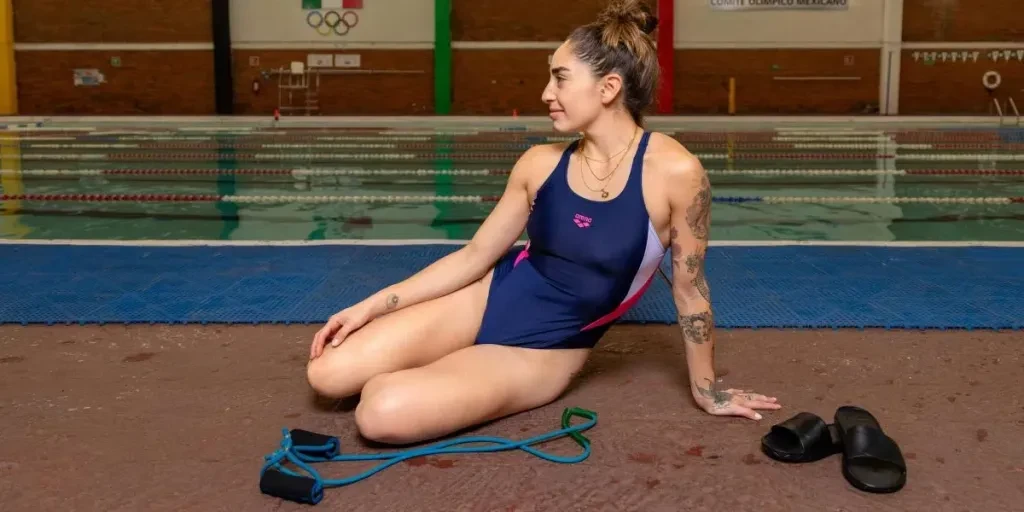
The global market for recovery sandals is experiencing robust growth, driven by increasing consumer awareness of the benefits of post-workout recovery and the rising popularity of athleisure wear. According to a report by Statista, the worldwide revenue in the sandals market was projected to reach $95.0 billion in 2024, with an annual growth rate of 1.49% from 2024 to 2029. This growth is indicative of the expanding consumer base and the increasing demand for comfortable and functional footwear.
In the United States, the sandals market is expected to generate $12.9 billion in revenue by 2024, growing at a CAGR of 2.15% from 2024 to 2029. The volume of sandals sold is anticipated to reach 0.4 billion pairs by 2029, with an average volume per person of 1.05 pairs in 2024. This data highlights the significant market potential for recovery sandals in the U.S., driven by a growing emphasis on health and wellness.
China is the largest market for sandals globally, with projected revenues of $21.49 billion in 2024. The per capita revenue in China is expected to be $12.26 in 2024, reflecting the high demand for sandals in the region. The market volume in China is forecasted to reach 4.2 billion pairs by 2029, with a volume growth rate of 0.6% in 2025. This underscores the importance of the Chinese market for recovery sandal manufacturers and retailers.
The market dynamics for recovery sandals are influenced by several factors, including the increasing prevalence of foot-related health issues, the growing popularity of fitness activities, and the rising disposable incomes of consumers. Additionally, the athleisure trend, which combines comfort with style, has significantly contributed to the growth of the recovery sandals market. Consumers are increasingly seeking footwear that not only provides comfort and support but also aligns with their fashion preferences.
Key players in the recovery sandals market include prominent brands such as Birkenstock, Teva, Crocs, and Havaianas. These brands have established a strong presence in the market by offering a wide range of products that cater to different consumer needs and preferences. For instance, Birkenstock is known for its ergonomic designs and high-quality materials, while Crocs offers innovative and comfortable footwear options.
Future trends in the recovery sandals market are expected to focus on sustainability and technological advancements. Consumers are becoming more environmentally conscious, leading to a growing demand for eco-friendly and sustainable footwear options. Brands are responding to this trend by incorporating sustainable materials and production processes into their products. Additionally, advancements in technology, such as smart insoles and advanced cushioning systems, are expected to enhance the functionality and comfort of recovery sandals.
Innovative Materials and Design Trends in Recovery Sandals
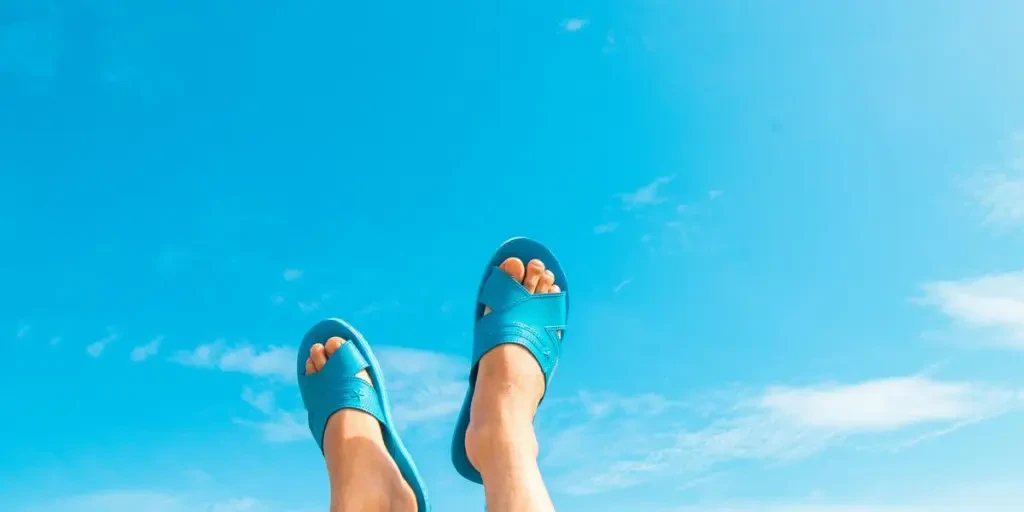
Cutting-Edge Materials for Enhanced Comfort and Durability
The evolution of recovery sandals has been significantly influenced by the introduction of innovative materials that enhance both comfort and durability. According to a professional report, the sports footwear industry has seen a notable shift towards the use of eco-friendly and sustainable materials. Brands are increasingly incorporating recycled components into their products, such as recycled polyester webbing and algae-infused midsoles, which not only reduce environmental impact but also offer superior performance characteristics.
For instance, the use of EVA (Ethylene Vinyl Acetate) in midsoles provides a responsive and bouncy feel, effectively isolating the foot from rocks and roots, as reported by a detailed analysis of hiking sandals. This material is lightweight yet durable, making it ideal for recovery sandals that need to withstand regular use while providing maximum comfort. Additionally, the integration of Vibram outsoles, known for their exceptional grip and durability, ensures that recovery sandals can handle various terrains, from wet rocks to packed dirt, without compromising on stability.
Ergonomic Designs for Optimal Foot Support
Ergonomic design is a critical aspect of recovery sandals, aimed at providing optimal foot support and enhancing overall comfort. Modern recovery sandals are designed with features such as well-cushioned midsoles, adjustable straps, and anatomically shaped footbeds that conform to the natural contours of the foot. These design elements help in distributing pressure evenly across the foot, reducing strain on the muscles and joints.
According to a professional report, the demand for versatile footwear that transitions seamlessly from professional settings to leisure activities has driven the development of recovery sandals with enhanced ergonomic features. For example, sandals with adjustable Velcro or buckle straps allow for a customized fit, ensuring that the foot is securely held in place, which is crucial for effective recovery. Moreover, the inclusion of arch support and heel cups in the design helps in maintaining proper foot alignment, thereby preventing common issues such as plantar fasciitis and heel pain.
Technological Features Elevating Recovery Sandals
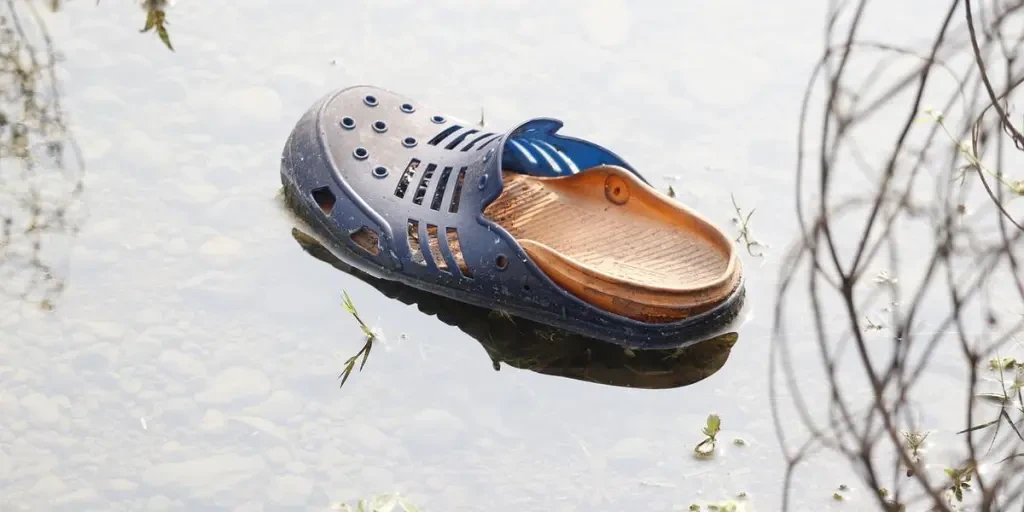
Smart Technology Integration for Personalized Recovery
The integration of smart technology into recovery sandals is a burgeoning trend that offers personalized recovery solutions. Smart recovery sandals are equipped with sensors and connected to mobile applications that monitor various parameters such as foot pressure, gait, and temperature. This data is then analyzed to provide customized recommendations for improving foot health and recovery.
For instance, some advanced models feature built-in massagers that can be controlled via a smartphone app, allowing users to adjust the intensity and duration of the massage based on their specific needs. This level of personalization not only enhances the recovery process but also provides valuable insights into the user’s foot health, enabling proactive measures to prevent injuries.
Advanced Cushioning Systems for Superior Comfort
Advanced cushioning systems are a hallmark of modern recovery sandals, designed to provide superior comfort and support. These systems often incorporate multiple layers of cushioning materials, such as memory foam, gel inserts, and EVA, to create a plush and supportive footbed. The combination of these materials results in a highly responsive and comfortable feel, ideal for post-workout recovery.
Moreover, some recovery sandals feature zonal cushioning, where different areas of the footbed are designed to provide varying levels of support and cushioning. This targeted approach ensures that high-impact areas, such as the heel and forefoot, receive extra cushioning, while the arch and midfoot are supported to maintain proper alignment. This not only enhances comfort but also aids in faster recovery by reducing pressure on sensitive areas.
The Role of Recovery Sandals in Fitness and Wellness
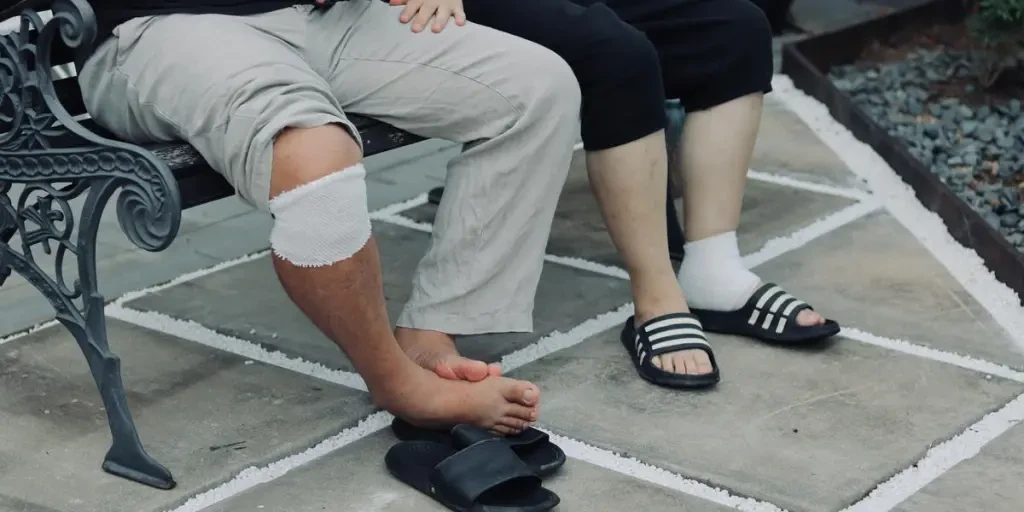
Enhancing Post-Workout Recovery
Recovery sandals play a crucial role in enhancing post-workout recovery by providing the necessary support and comfort to tired and sore feet. After intense physical activity, the muscles and joints in the feet can become strained, leading to discomfort and potential injuries. Recovery sandals, with their cushioned footbeds and supportive designs, help in alleviating this strain and promoting faster recovery.
The use of recovery sandals can significantly reduce muscle soreness and improve overall foot health. The ergonomic design and advanced cushioning systems help in distributing pressure evenly across the foot, reducing the risk of injuries and enhancing comfort. This makes recovery sandals an essential part of any fitness and wellness routine, particularly for athletes and active individuals.
Promoting Overall Foot Health
In addition to enhancing post-workout recovery, recovery sandals also play a vital role in promoting overall foot health. The supportive design and cushioning systems help in maintaining proper foot alignment, preventing common issues such as plantar fasciitis, heel pain, and arch strain. Moreover, the use of breathable materials and moisture-wicking linings helps in keeping the feet dry and comfortable, reducing the risk of fungal infections and other foot-related problems.
The increasing awareness of the importance of foot health has driven the demand for recovery sandals that offer both comfort and support. This has led to the development of innovative designs and materials that cater to the specific needs of different individuals, ensuring that recovery sandals are not only effective but also versatile and stylish.
Seasonal Trends and Consumer Preferences
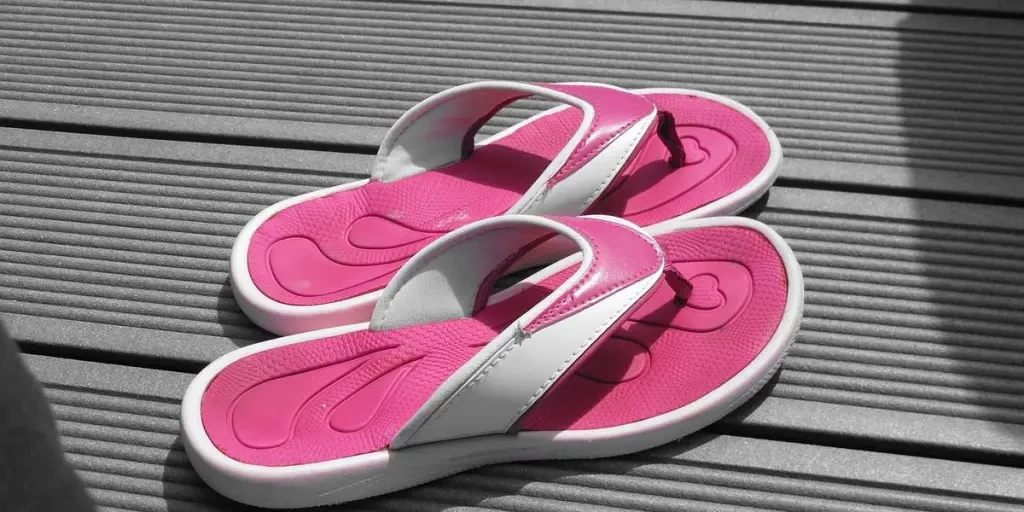
Popular Styles and Colors for Different Seasons
Seasonal trends play a significant role in shaping consumer preferences for recovery sandals. During the summer months, lightweight and breathable designs are highly sought after, with open-toe and strappy styles being particularly popular. Models with drainage ports and quick-drying materials are ideal for water sports and beach activities, making them a favorite choice for summer wear.
In contrast, during the colder months, closed-toe designs and sandals that can be paired with socks are preferred. These styles provide added warmth and protection, making them suitable for everyday wear and light outdoor activities. The use of neutral and earthy tones, such as brown, black, and grey, is also common during this season, reflecting the shift in consumer preferences towards more versatile and practical footwear.
Shifts in Consumer Demand and Preferences
Consumer demand for recovery sandals has evolved significantly over the years, driven by factors such as lifestyle changes, technological advancements, and increasing awareness of foot health. The trend towards casualization has spurred the demand for versatile footwear that can be worn in both professional and leisure settings. This has led to the development of recovery sandals that combine style and functionality, catering to the diverse needs of modern consumers.
Moreover, the growing emphasis on sustainability has influenced consumer preferences, with an increasing number of individuals opting for eco-friendly and ethically produced footwear. Brands that incorporate recycled materials and sustainable practices into their production processes are gaining popularity, reflecting the shift towards more conscious consumerism.
Conclusion
The recovery sandal market is witnessing a dynamic transformation, driven by innovative materials, ergonomic designs, and advanced technological features. As consumer preferences continue to evolve, the demand for versatile, comfortable, and sustainable recovery sandals is set to rise. Looking ahead, the integration of smart technology and personalized recovery solutions will further enhance the appeal of recovery sandals, making them an indispensable part of the fitness and wellness industry.
